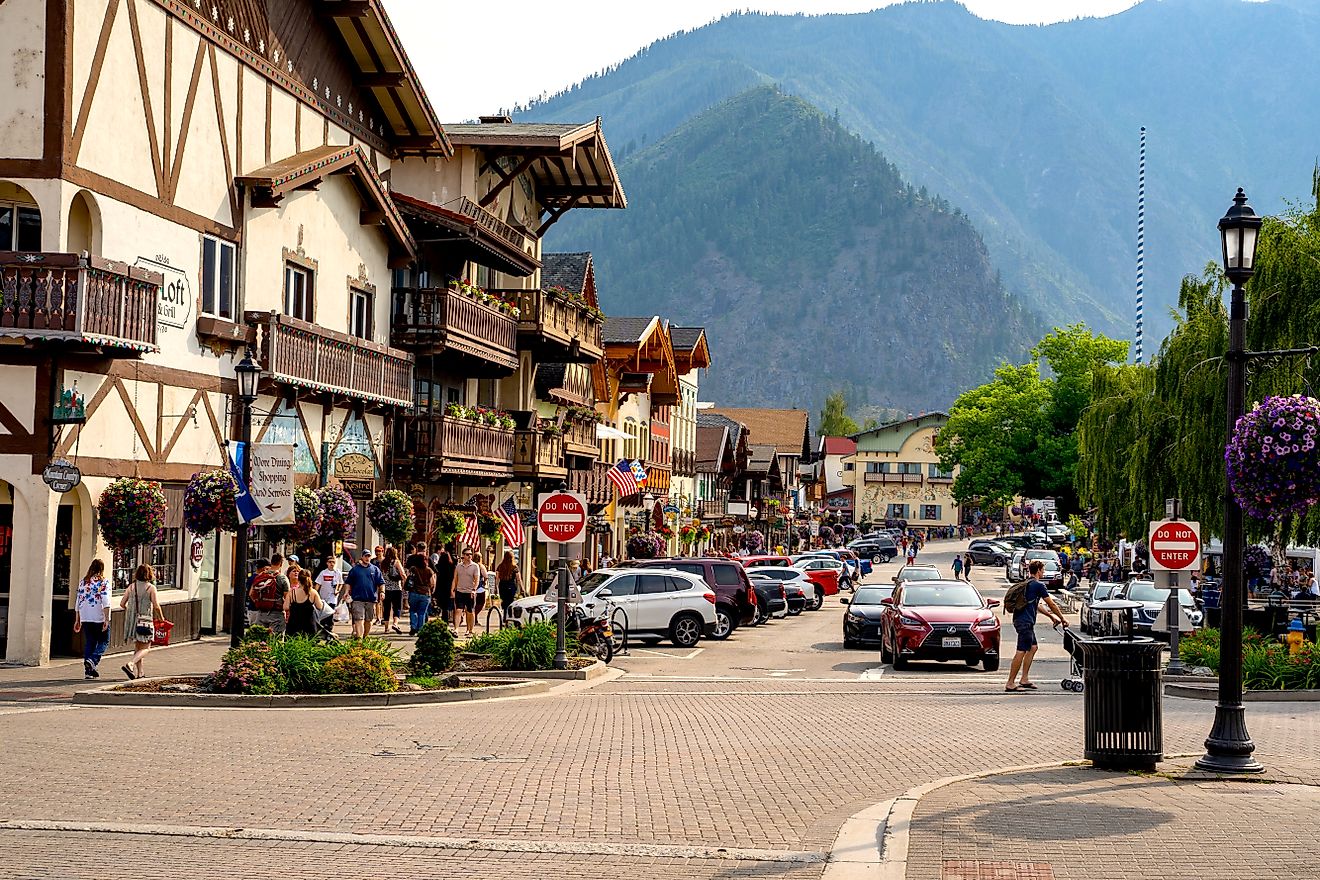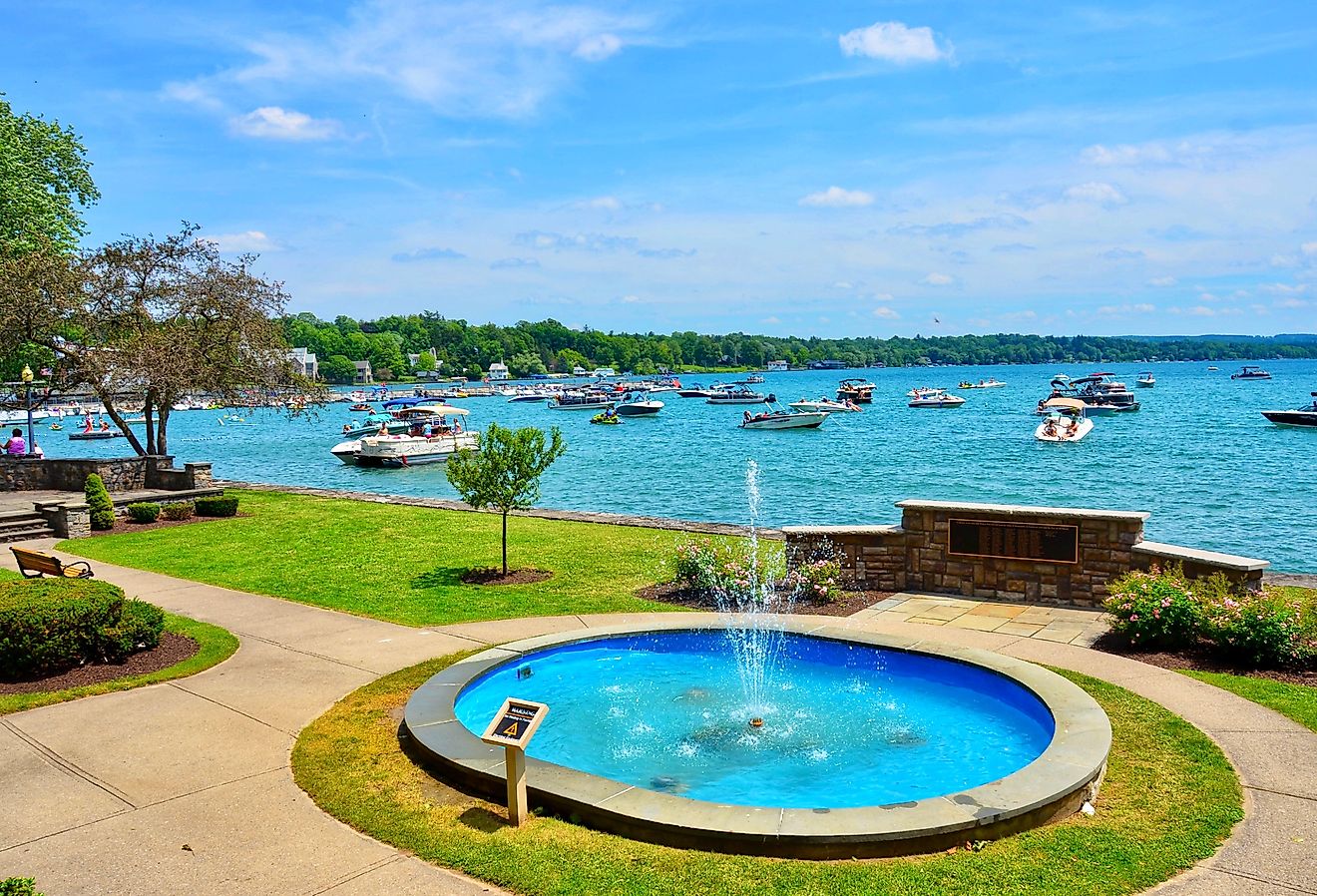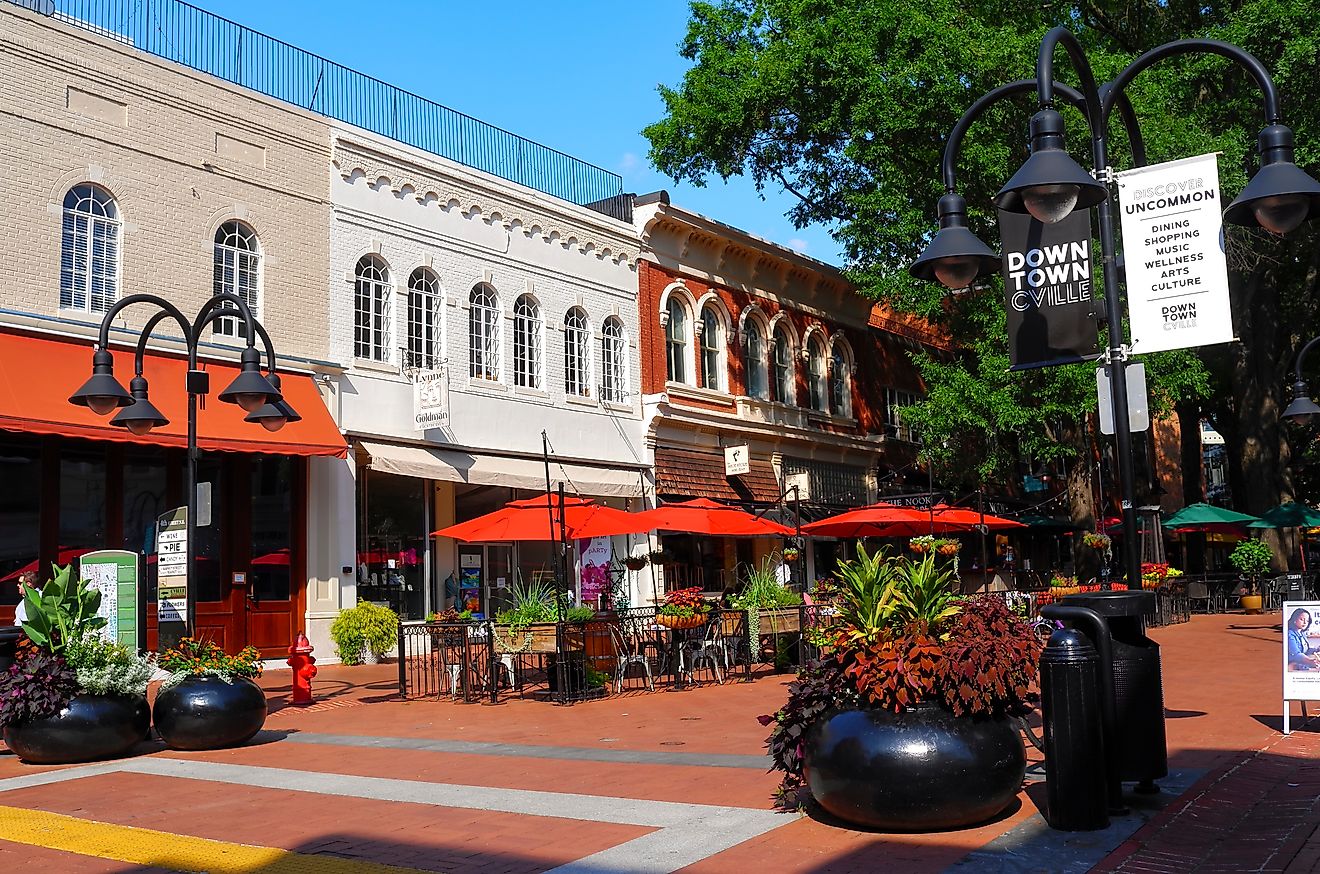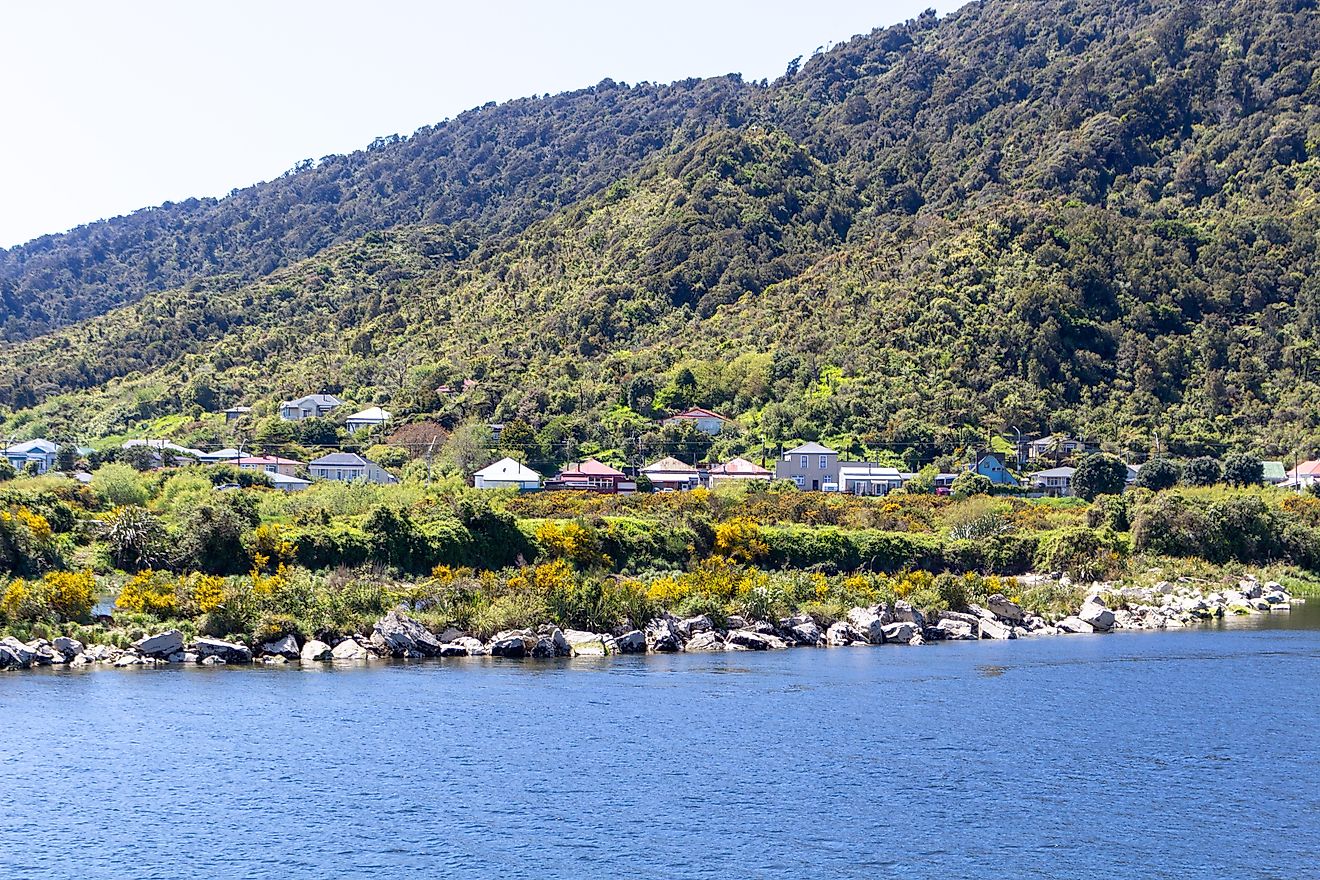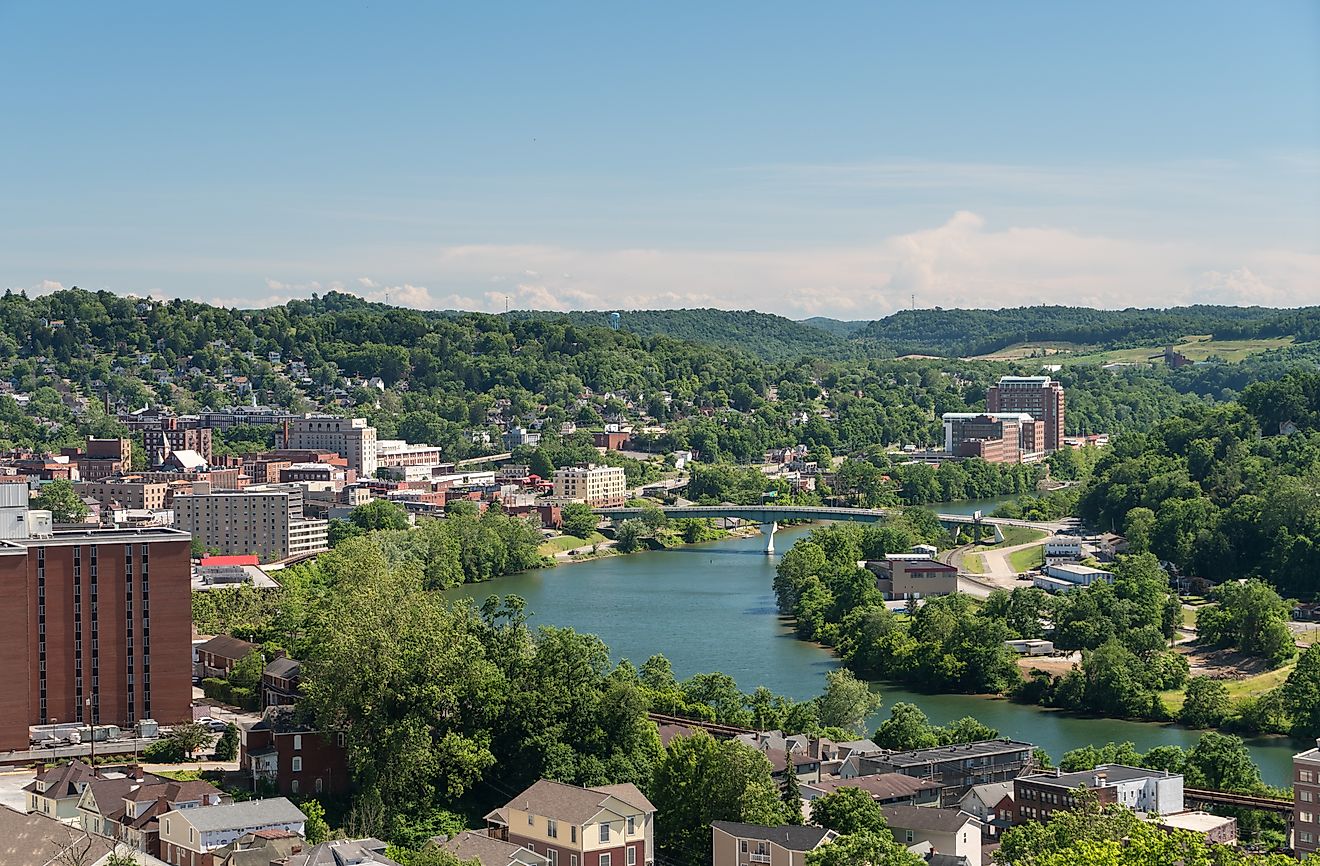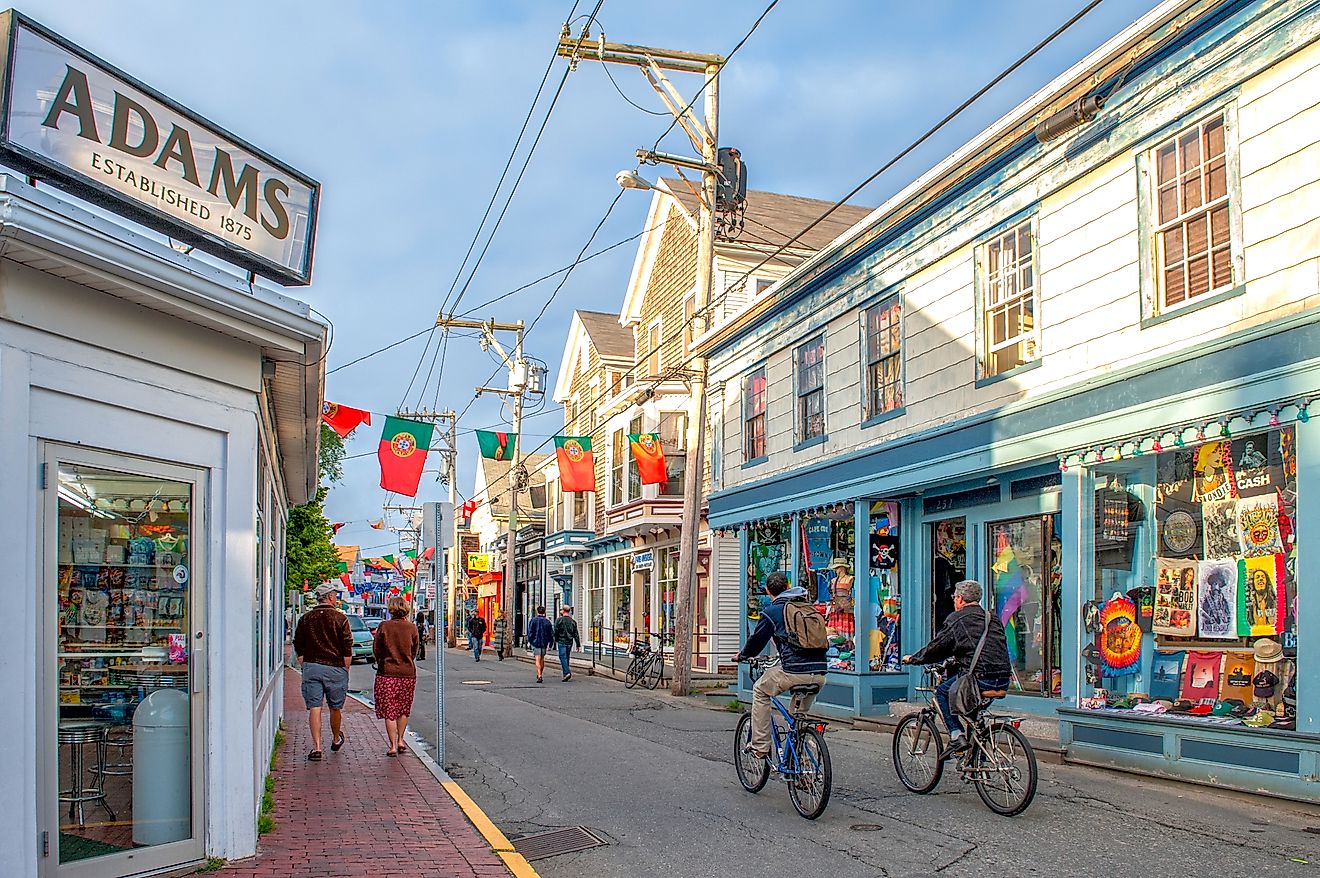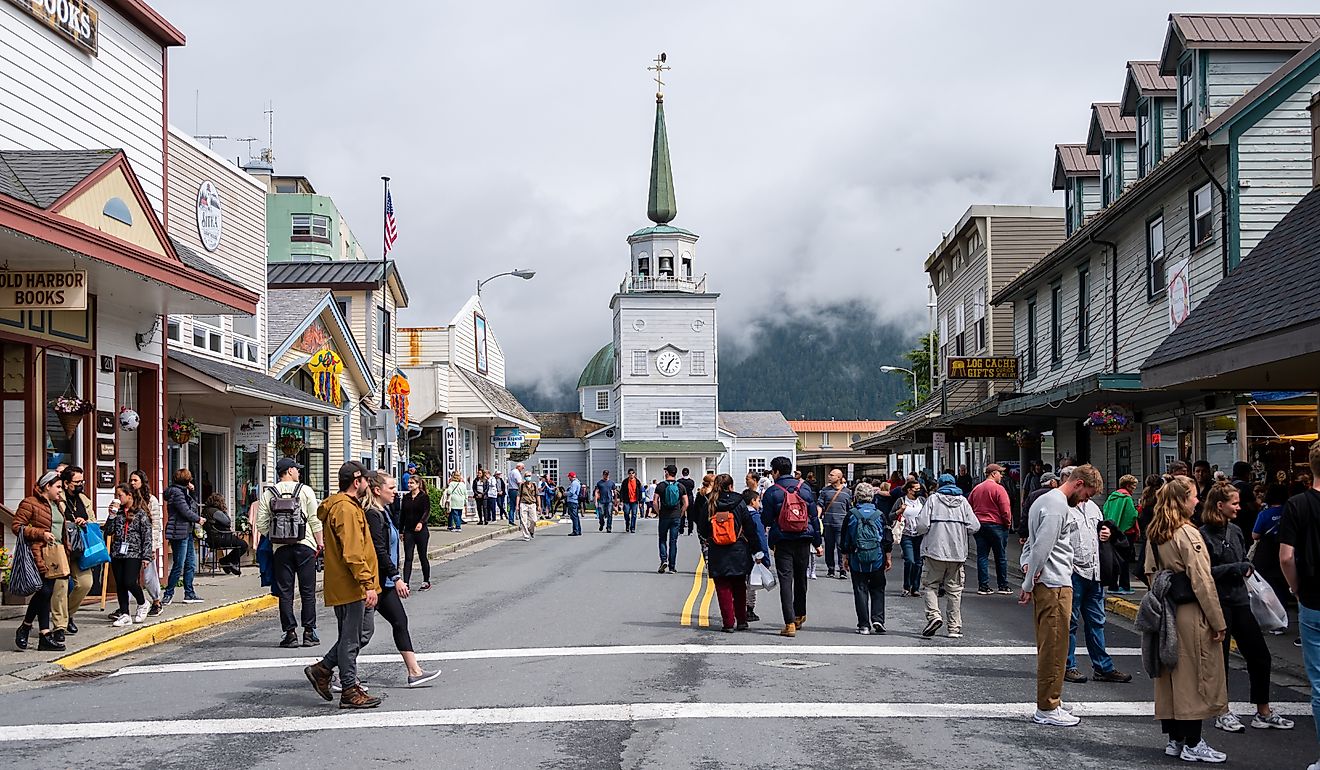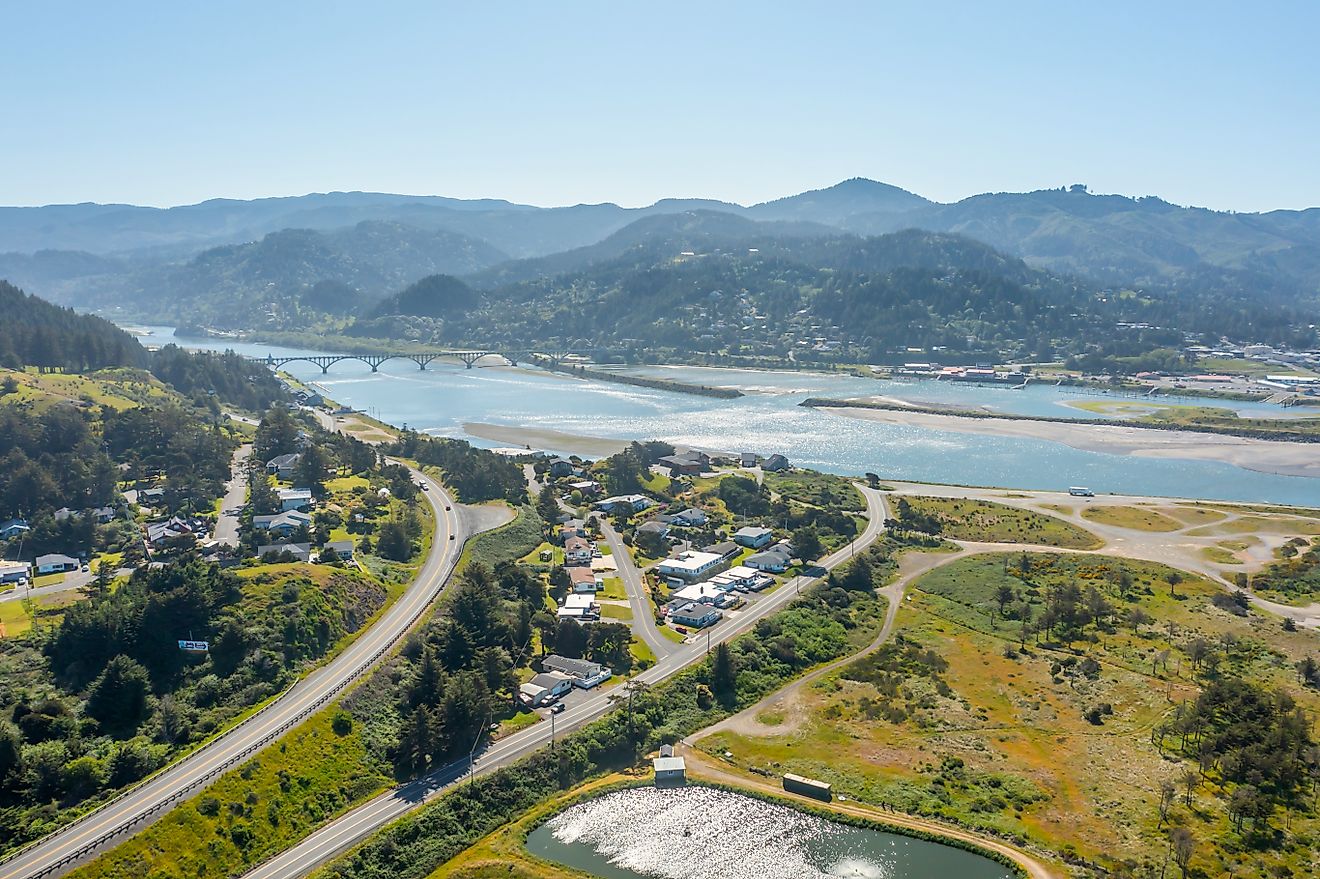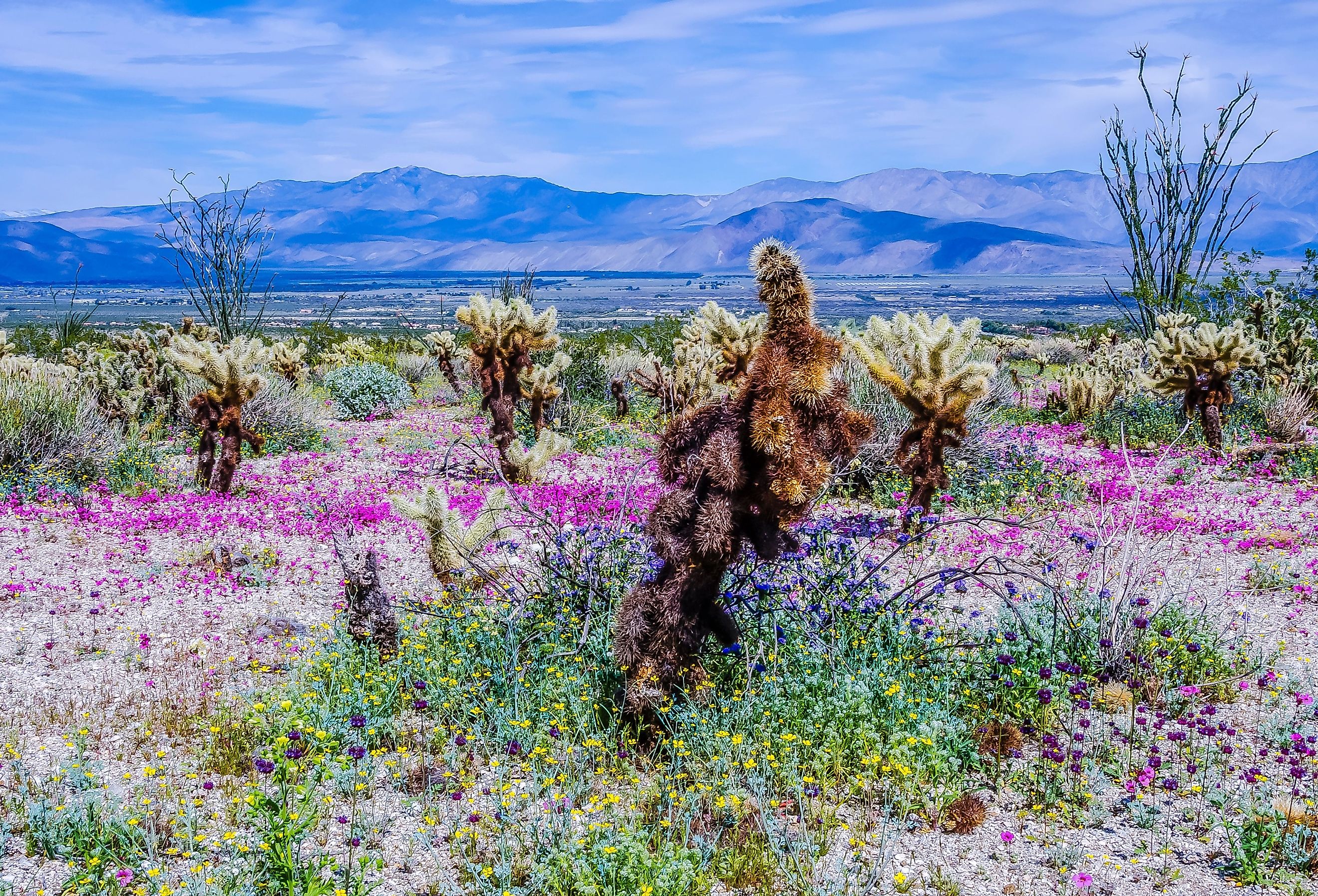
5 Most Rattlesnake Infested Areas in California
Just as California's gold-rich rivers and rugged mountains attracted miners during the Gold Rush, the state’s expansive wilderness and diverse landscapes also draw rattlesnakes, which thrive in the state's sun-soaked deserts, rocky foothills, and grassy plains. California is home to about 50 native snake species, including seven species of rattlesnakes: the Mohave rattlesnake (Crotalus scutulatus), Panamint rattlesnake (C. stephensi), Red diamond rattlesnake (C. ruber), Sidewinder (C. cerastes), Speckled rattlesnake (C. mitchellii), Western diamond-backed rattlesnake (c. atrox), and the Western rattlesnake (C. oreganus). These rattlesnakes, including several subspecies, are widespread throughout California. Let’s explore the five most rattlesnake-infested areas in California, where the memories of gold rush days linger, and the allure of the Golden State’s rugged landscapes comes with a touch of danger, urging travelers to tread carefully.
Joshua Tree National Park
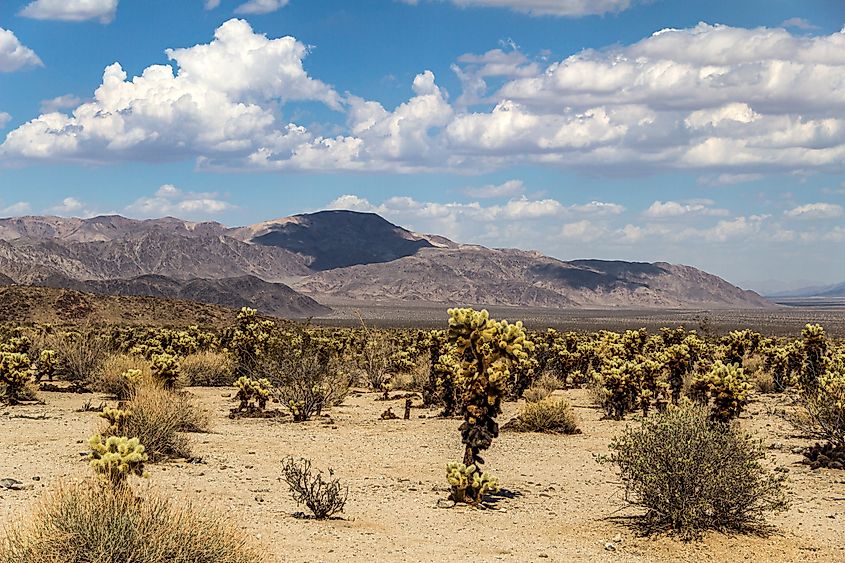
Joshua Tree National Park is a world-renowned destination in southeastern California, about forty-five miles northeast of Palm Springs, where they have occasionally been spotted in parks and golf courses. Attracting more than 3 million visitors from all over the world annually, the park is an outdoor lover’s paradise, recognized for its hiking, rock climbing, and stargazing opportunities as an official Dark Sky Park. The stunning national park encompasses over 800,000 acres of surreal desert landscapes, unusual rock formations, and its iconic Joshua Trees. The park is home to herds of desert bighorn sheep, coyotes, and kangaroo rats. It is also home to California’s seven types of rattlesnakes, including the Western diamond-backed, the Sidewinder, and the Speckled rattlesnake.
Visitors to the park should practice common sense when engaging in rock climbing, hiking, and camping by watching where they put their hands and feet—stepping on logs and rocks, not over them. In the desert, rattlesnakes are most active during mating season, usually from April through June. Sensitive to temperature, rattlesnakes will adjust their habits accordingly. After a cold night, they will look to raise their temperature by basking in the sunshine, and they tend to hunt for food during the early evening hours near or after sunset.
Mojave National Preserve

The Mojave National Preserve is between Los Angeles and Las Vegas in the heart of the Mojave Desert. At 1.6 million acres, it is one of the largest units of the National Park System in the contiguous United States. There are plenty of activities for nature lovers to discover in the Preserve, including watching the sunset at Kelso Dunes, the second-largest dune system in the state, touring Mitchell Caverns, spectacular limestone caves popular with tourists and rattlesnakes, or hiking to the summit of the 5,775-foot summit of Teutonia Peak to see the world’s largest concentration of Joshua trees.
Rattlesnakes are naturally drawn to the Preserve's dry, rocky, and sparsely vegetated landscape, which provides the ideal habitat for many species, including its namesake, the Mojave rattlesnake. Due to its potent venom, the Mojave rattlesnake is one of the most venomous in North America. Although the rattlers are not aggressive, they are highly defensive and widespread throughout the Preserve.
Lake Tahoe

Lake Tahoe is located on the border between California and Nevada. Tahoe is a hiking paradise with thousands of miles of trails, gorgeous scenery, a sparkling lake, and the Sierra Nevada mountains as a stunning backdrop. The most common rattler seen on popular footpaths and scenic routes near Lake Tahoe is the Northern Pacific rattlesnake, a subspecies of the Western rattlesnake. On popular hiking trails like the out-and-back Eagle Lake Trail that takes hikers to the top of a dormant volcano, rattlesnakes will hide in rock crevices, under logs, or in heavy brush. In recent years, rattlesnakes have been seen swimming in the pristine Alpine lake and are powerful swimmers. However, they are not in the proper position to strike when stretched out while swimming, so it is unlikely that a swimmer will get bitten by a rattlesnake in the water unless the snake is provoked.
Santa Catalina Island

Santa Catalina Island is located in Southern California, approximately 22 miles off the coast of Los Angeles in the Pacific Ocean. It is accessible by ferry, helicopter, or private boat, and its main town, Avalon, serves as a tourist hub. Santa Catalina Island is known for its natural beauty, diverse marine life, and recreational activities such as hiking, snorkeling, and kayaking. More recently, it has become increasingly recognized as a hotspot for a subspecies of the Western rattlesnake, the Southern Pacific rattlesnake. Thanks to the island’s Mediterranean climate, with warm, dry summers and mild, wet winters, the island is an ideal environment for snakes as it hosts a range of small mammals, birds, and reptiles, providing a reliable food source for the snakes with few predators.
San Diego County
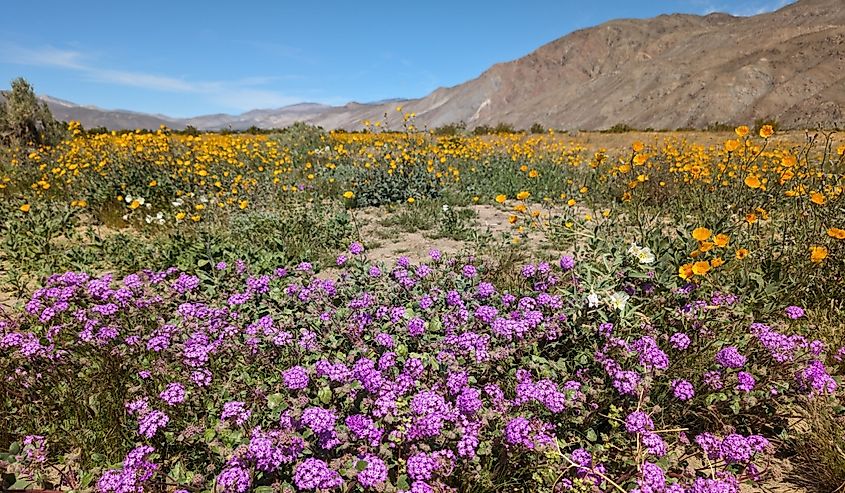
In the coastal and mountain regions of San Diego County, there are three kinds of rattlesnakes that travelers to the “Birthplace of California” may encounter: the Western rattlesnake, the Speckled rattlesnake, and the Red Diamond rattlesnake. In the summer of 2024, the county cautioned homeowners and visitors to be alert when outdoors with snake sightings in San Diego. In the spring of 2024, a two-year-old child was bitten by a Southern Pacific rattlesnake in his San Diego backyard. He was transferred to a pediatric intensive care unit, where he was treated with 30 vials of antivenom.
In California’s second largest state park, Anza-Borrego Desert State Park, rattlesnake mating season begins in late February, peaks in April, and continues through May. A popular destination for outdoor enthusiasts, the park features native palm oases, bighorn sheep, slot canyons, and 110 miles of desert hiking trails. Sidewinders and Western rattlesnakes are prevalent in the park, with the distinctive horned-like appearance of the Sidewinder making it quite intimidating to encounter.
Once teeming with gold rush excitement, California is now one of the top destinations for nature lovers in the U.S. with places like Joshua Tree National Park, known for its striking desert scenery and iconic Joshua trees, or Lake Tahoe with its glittering alpine lake and picturesque hiking trails. The Golden State is also home to seven rattlesnake species that thrive in the state's diverse landscapes, where outdoor enthusiasts can explore surreal rock formations, alpine trails, limestone caves, and pristine shores while remaining mindful that they are visitors to California's five most rattlesnake-infested areas.

